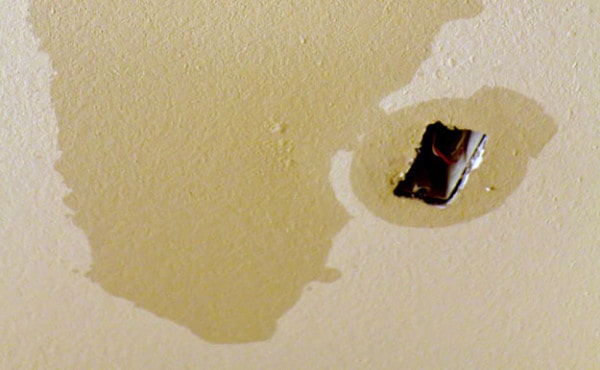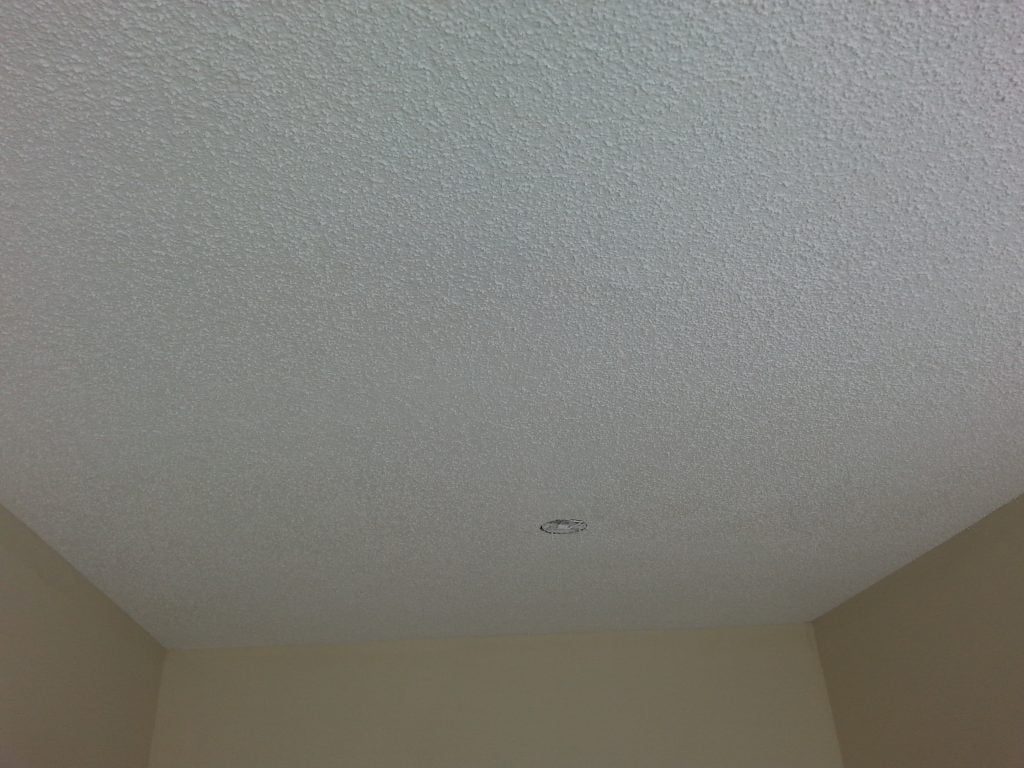Wall Leak Detection and Address - A Complete Handbook
Wall Leak Detection and Address - A Complete Handbook
Blog Article
How do you really feel when it comes to How to Find and Repair Water Leaking in the Wall?

Water spots on walls are not pleasant to the eyes. Occasionally it appears practically unpreventable to experience water spots on wall surfaces in homes.
Home owners living in moist regions constantly deal with the anxiety of water spots on wall surfaces. With accurate and also all-around details on the reasons of water discolorations as well as punctual repair service procedures, you will certainly always be a step ahead of such events.
3 Typical Root Causes Of Water Spots on Wall Surfaces
In contrast to popular belief, water discolorations on walls do not constantly stem from bad structure products. There are numerous causes of water stains on walls. These include:
Damp
When hot moist air consults with dry chilly air, it triggers water droplets to form on the walls of structures. When there is heavy steam from cooking or showers, this occurs in restrooms and cooking areas. The water droplets can tarnish the bordering walls in these parts of your home and infect other locations.
Moist or condensation impacts the roof and also wall surfaces of buildings. This triggers them to show up darker than other locations of the residence. When the wall is wet, it develops an appropriate atmosphere for the development of germs and also fungi. These may have negative effects on health, such as allergic reactions and respiratory system problems.
Poor Water drainage
When making a building plan, it is vital to make certain ample water drainage. This will certainly protect against water from permeating right into the wall surfaces. Where the water drainage system is obstructed or missing, underground wetness builds up. This links to too much dampness that you discover on the wall surfaces of your structure.
So, the leading source of wet wall surfaces, in this case, can be an inadequate drain system. It can additionally be due to inadequate management of sewage pipelines that go through the building.
Pipe Leaks
Most homes have a network of water pipes within the wall surfaces. This ensures that the pipes are well away from the reach of devastating rats. It constantly increases the practicality of such pipes, as there is little oxygen within the walls. This inhibits rust.
A drawback to this is that water leak influences the wall surfaces of the structure as well as creates extensive damages. A telltale sign of faulty pipes is the look of a water discolor on the wall.
Pro Idea
A houseplant in your home additionally enhances its moisture. So, if the house is currently moist, you might wish to present houseplants with very little transpiration. An example of suitable houseplants is succulents.
Water Discolorations on Wall Surface: Repair Work Tips
Home owners would generally want a quick fix when taking care of water discolorations. Yet, they would certainly soon understand this is disadvantageous as the water discolorations persist. So, here are a couple of handy tips that will certainly direct you in the repair of water stains on walls:
Conclusion
No one wants to have water discolorations on wall surfaces in their home, it can happen to the ideal of us. This write-up provides you leverage, as you currently recognize exactly how to manage this problem if it does occur.
It is constantly best to recruit expert services to assist repair the problems in your home.
Sometimes it seems almost unpreventable to experience water stains on walls in residences.
Contrary to preferred idea, water stains on wall surfaces do not always stem from bad building products. There are several causes of water spots on wall surfaces. The water droplets can tarnish the bordering wall surfaces in these components of your home and also spread to other locations.
Right here are a few valuable tips that will assist you in the fixing of water discolorations on walls:
CHECKING FOR WATER DAMAGE
Water damage can be costly, and it may begin before you even notice the first signs of trouble. Water damage can cause mold and mildew in your walls and floors, which can create an abundance of health concerns for your family. It can also lead to costly repairs of various appliances and general home fixtures. To avoid the pricey consequences of water damage, here are Warner Service’s top 5 places you should check:
The walls – The easiest place to spot the beginnings of water damage is on the walls and ceilings of your home. If water damage is present, there will most likely be water stains, especially around the windows and doorframes, and/or cracks in the drywall. If a stain looks unusual (discolored to brown, black or gray, raised texture), has a swollen appearance or is soft to the touch, contact a professional immediately. The pipes – To avoid water damage, consistently check the pipes in your kitchen (especially the dishwasher and ice maker), bathrooms, laundry room (specifically washing machines) and basement for corrosion, leaks and water stains. Pay special attention to where the pipes connect in your home and the location of caulking around the bathroom fixtures, including toilets, sinks, showers and tubs. Missing or loose caulking and grout could be signs of leaking water. This seepage can also quickly cause mold and rust, so double check your water heater and tank for wet spots on the floor. The floor – Water damage is very easy to spot on the floor. Look for any warping or buckling of the material, especially in the basement. If your home has wood flooring, look for bright white or dark stains. If your home has carpeting, keep it dry and clean. A damp carpet that smells of mold could cause water damage and health problems. To avoid this, consider installing floor pans under your appliances to help prevent damages from small, slow and undetected leaks. The basement and attic – If your basement or attic smells odd check for mold and mildew around the area, especially the valley where the roof meets. While you are inspecting those areas, check for wall cracks, floor stains, rust and dampness in the insulation. If you live in a colder and/or rainier climate, perform routine checks for water damage from melting snow or ice and rain. The exterior – Check the roof for damaged flashing and missing, cracked or curled shingles. There should also be no standing water anywhere outside your home. This could be caused by puddles, leaky rain gutters or hoses, poor drainage, or short gutter spouts. Invest in a sump pump system or water flow monitoring system, and perform routine maintenance on these outdoor appliances to avoid indoor water damage.

We had been made aware of that editorial on Indicators of Water Damage Behind Walls through a good friend on our other website. Appreciated our review? Please share it. Help another person check it out. Thanks for taking the time to read it.
View Website Report this page